My father is elderly and in decline; my sister, brother, and I brace for difficult decisions going forward. Father Time is undefeated, and my everyone looks their mortality in the face, sooner or later. For my father, this will probably be sooner rather than later. We will do what we can to help him, and to help ourselves. I grow anxious and emotional thinking about it.
My older daughter is sixteen years old. Often I feel I am tiptoeing around her, and she can be sullen, moody, and difficult at times. There are two more years until she leaves for college, and great finesse will be required to give her the support she needs while avoiding unnecessary conflict. Next is the ultra-important junior year of high school for her, and she will be under enormous pressure; rough waters ahead, almost for sure. I don’t feel any dumber than I was three years ago, but in her eyes I seem to be. In her eyes too often I open my mouth and I frustrate her. I recognize this is relatively normal teenage behavior, and relatively speaking I am lucky in my daughter’s behavior, and I appreciate that. But it can still be hard. As a high school teacher I have decades of experience with the porcupine behavior of teenagers, but now it is my own daughter. I know the routine, “I want the parental unit around, like a comforting old teddy bear,” they think. “But please don’t say anything out loud, as it only irritates me.”
So I am getting it from above with an aging parent, and from below with teenage daughters. And a wife in perimenopause and approaching menopause.
Yikes.
Ouch.
Stress.
I feel the stress. My body absorbs it.
So I start breathing more shallowly as my heart rate increases. What about my blood pressure? A part of me doesn’t even want to know what happens with my blood pressure. But there is a definite physiological response. My amygdala prepares to fire up the “fight or flight” response: the brain and the body react to a perceived threat. This might have helped our ancestors deal with a Saber-toothed tiger on the African savannah 200,000 years ago, but nowadays it is mostly unhelpful. Stress leaves one exhausted, especially chronic and acute stress.
It is not just family pressures. There are other stressors, too. I have been maneuvered into coaching tennis at my high school, so I can quality control the experience for my daughter on the team, as well as for the kids of some of my best friends. But coaching is like a part-time job in addition to being my full-time teaching job, and it leaves me sunburnt, over-scheduled, and struggling to keep up in other areas of my life. I am getting a bit old to be burning the candle from both ends. ”Two more years of this,” I reason with myself. “You can do two more years.” In the larger picture of my twenty-nine years of teaching, two years is nothing. Snap my fingers, and two years will be up. But then I remember the new school year and girl’s tennis season starts in just five weeks, and I feel my anxiety increasing and my blood-pressure rising. I want to sigh, “Oh, boy…”
Then there are the vague less imminent worries which float around me: I need to buy another car, to leave our old one for my daughter, who is set to get her driver’s license soon – there will be the cost of that, in addition to insuring my daughter on the car and additional gasoline expenses. Then I have to worry about paying for college tuition for my daughters in the next few years; home repairs and maintenance costs, that add to that the political polarization at work in society, and a re-match of Biden vs. Trump in next year’s presidential election (not looking forward to that), and it can all seem a bit much. Half of the country viscerally hates the guts of the other half and vice versa. A friend recently commented, “There sure are a lot of whiny bitches out there.” True. There is ugliness and anger in the air. I can usually filter most of that out, but some gets in.
Then there is my rising blood sugar and cholesterol readings. There is also the basal skin cancer I had hacked out of my chest two months ago; I will have that happening semi-routinely for the next thirty years. I am in the worst part of the “U-Shaped happiness curve.” It can be overwhelming, or at least it can seem to be.
So what do I do?
First of all, I go play tennis matches with my buddies in our local leagues. The tennis is solid exercise and the matches are enjoyable; I’m playing a game I love with a ball, not unlike when I was a little boy, even as I am now 56-years old. I first learned to hit a forehand and volley some 50 years ago, and I still love the game of tennis. After my USTA league matches I have a beer and some laughs with my close teammates and our rival tennis acquaintances. The activity is both social and athletic: companionship and exercise. My God, that helps! I return from the tennis court to the stress of family and work rejuvenated. I come home a better man. (I have talked about this dynamic elsewhere.)
But there is something else almost as important. I often go downstairs to my garage and practice martial arts. To be more exact, I slow down my use of the prefrontal cortex and start to move very intuitively; I try to let my body move on its own, relying on previous training. I slow down my breathing, and I relax as I perform kata. My concentration focuses narrowly. There is no tomorrow or yesterday; there is only the eternal now. I focus 100% on my movements and breathing. I start to sweat. After my workout, I feel better. Much better. I will go hit the heavy bag for twenty minutes and then spin my legs as hard as I can on a spincycle in the garage and get a drenching sweat HIIT workout. I feel better. It clears my head. I move. My body engages. My preoccupations recede.
My daughters see me performing kata and they scratch their heads. I was walking with them last week in a mall parking lot in Orange County practicing some intricate hand movements, and my daughters looked askance at me. “Why are you doing that here?” They want to say: Are you so focused on martial arts so as to beat others up? Is it a desire to be a badass? A trained fighter? No, not at all. I have not been in a fight off the job in over thirty years, and chances are I’ll never be in another one again. I’m a family man in late middle-age who does not engage in risky activities or mix with rough people. None of my friends or family ever get in fights. I travel in safe circles. The ability to fight is unimportant on a day-to-day basis for a person like me. I don’t live in a war zone. I’m not in prison.
But too many outsiders fixate on the external result of martial arts being deadly fighters, in my opinion. The deeper, more important aspect is that the martial artist, while able to control others, is always in control of himself. The martial artist is a philosopher, a person who can live life virtuously, at peace with himself and the larger world. Show me a “martial artist” who is a bumptious blowhard and an aggressive bully, and I will show you a poser. The ideal martial artist might be able to control his enemy in a fight, but he always can control himself in the face of adversity. The “out of control” martial artist is an oxymoron. He might handle external threats through fighting, but he always composes himself via challenges to his interior peace of mind.
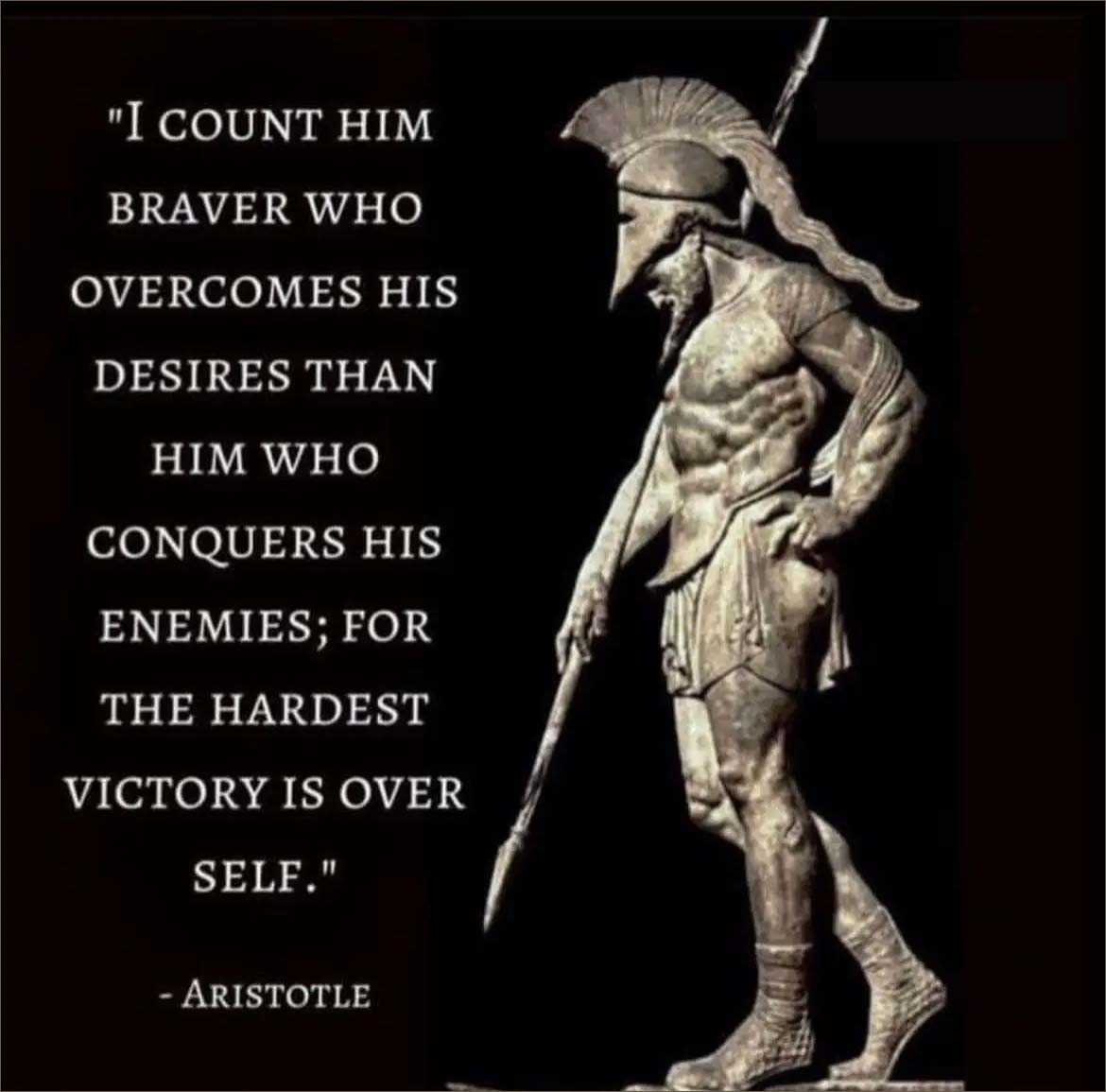
This is what attracts me
Peace of mind. Moving mediation. A tree which stands up to the storm and endures. The North Star which anyone can navigate by, no matter how confused or lost one might feel. Control. Calm.
This is what I need from martial arts. It is what I crave in my life.
When life begins to overwhelm me – the walls starting to close in to crush me, the waters rising to drown me – I need it. When it all begins to be too much, I take a step back.
I look inside and breathe. I start to move and perform kata. I clear my mind and relax.
I remember that everything I need is inside of me. “Return to center and remember yourself, Richard.” I remember the ethos of those small Korean men who were my instructors, and the example they set in their own lives. I remain calm. Martial arts is an anchor. It settles me. The Dao was there long before I was born, and it will be there after I am dead. Use the Dao. The way of the martial artist.
The message is on the cover to my cell phone is this –
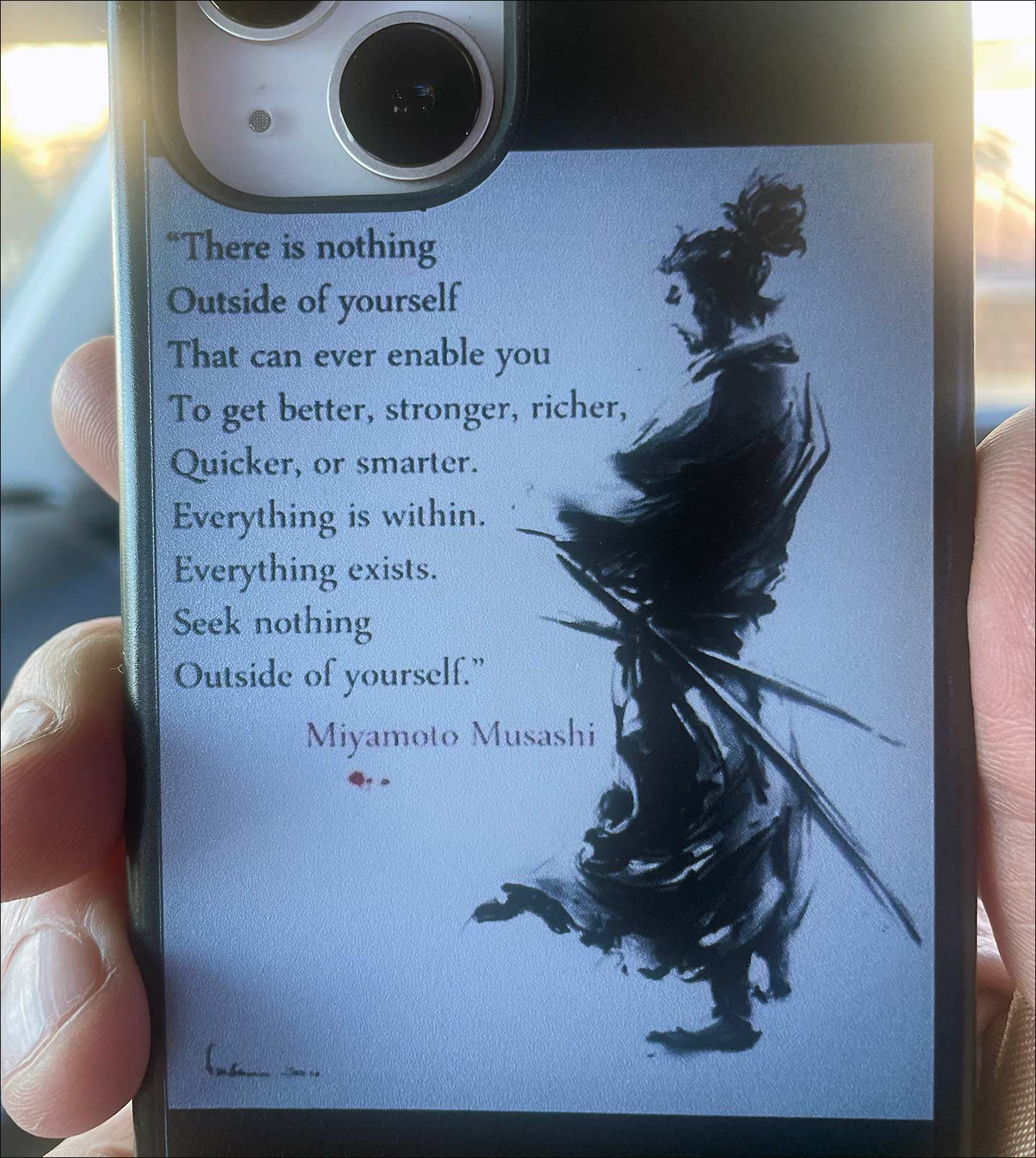
– so do you not see, esteemed reader?
The kicks, punches, and stances of the martial arts are just a vehicle to get to those greater goals. The fact that you might defeat an enemy in defending yourself in a secondary, or maybe even tertiary, consideration. As Bong Soo Han stated, “Martial Arts is not just a process for training fighters. Fighting is of least importance. What is important is the growth in the student’s physical structure, mental discipline, and emotional control.” How important are those last three goals? For me they are crucial.
It does not even matter all that much if I am great or not at the martial arts techniques themselves. All that matters is that I do them everyday, or almost everyday. That I reach down deep to center myself. That I have the proper mindset, more outside of the fighting ring than inside it. That becomes the rock on which I build the edifice of my life, and the rituals I use to stabilize my day-to-day emotional and spiritual reality.
I imagine others might get the same benefit from religion and prayer. Or from traditional meditation or yoga. Or a run after work. Or whatever.
And that is fine.
But I never could just meditate. I need the movement to get into the headspace where I can clear my mind. Then I can meditate. Martial arts for me is a sort of meditation in motion.
I wonder why I have remained interested for so long. My involvement in the martial arts has waxed and waned through the years, for sure. But I always come back to the stances, punches, and kicks I first learned in childhood.
Perhaps it was doing martial arts as a kid. I have dense myelin wiring constructed long ago in my brain and nervous system to perform these movements, and I can trust them. This neural network is solid. So maybe the martial arts are a psychological “home,” reminding me of childhood. It might be that the older I get and the more responsibilities I acquire, the more I need the support of my past and the training I received. It reminds me where I come from and who I am. It is one more tool I can use. It helps. They are like an anchor helping to hold me steady in the Sturm und Drang of adult life.
The martial arts, as well as my other “passion projects” (like this webpage), therefore serve to counteract stress. They are how I seek to grow my soul. They allow me to cultivate an appreciation for a most powerful ally which stands in opposition to anxiety and stress: GRATITUDE.
Despite my ailing dad in (semi-slow) terminal decline, or the (occasionally) difficult distaff members of my household, or my own (relatively minor) growing health concerns, I am GRATEFUL just to be alive. I appreciate all I do have in my life, and I care less about what I don’t. I remind myself yet again that “ego is the enemy.” Get over yourself, Richard. Do what you can when you can. Time runs short. It always does. Eyes on the prize. Ignore the rest.
My hips and knees strain to perform the martial art kicks which were easier when I was a younger man. I used to be able to stand and kick my opponent square in the jaw. Now I have to stretch for half an hour before I can kick above my waist. But because I cannot perform kicks as well as before, does that mean I can’t do them at all? No. I have incipient arthritis in my left knee, so I work around that as I go. I do what I can. That is ok. I am grateful I can do as much as I can.
What is this sort of thinking? Is it an example of contemporary “Cognitive Behavioral Therapy”? Or is it classical Chinese Daoism? Is it old-fashioned Roman Stoicism? A bit of all of the above?
I suspect it is.
It does not necessarily make me any different from anyone else. The pain and difficulty of being a human being who struggles, suffers, ages, and will eventually die remains. Over the decades we develop arthritis, as I have begun to in my left knee. Our bodies fall apart. I have bad days where nothing seems to go right. Life is easy for nobody, and no one gets out alive.
But the proper mindset does help to make it all more bearable. It allows me to frame my approach to life intentionally, and therefore to point my thinking in positive directions. Life is a gift, and you only get one chance to get it right.
I will use my time, not squander it.
I will choose meaning, not nothingness.
I will be satisfied. I will be content.
At peace.
Amen.
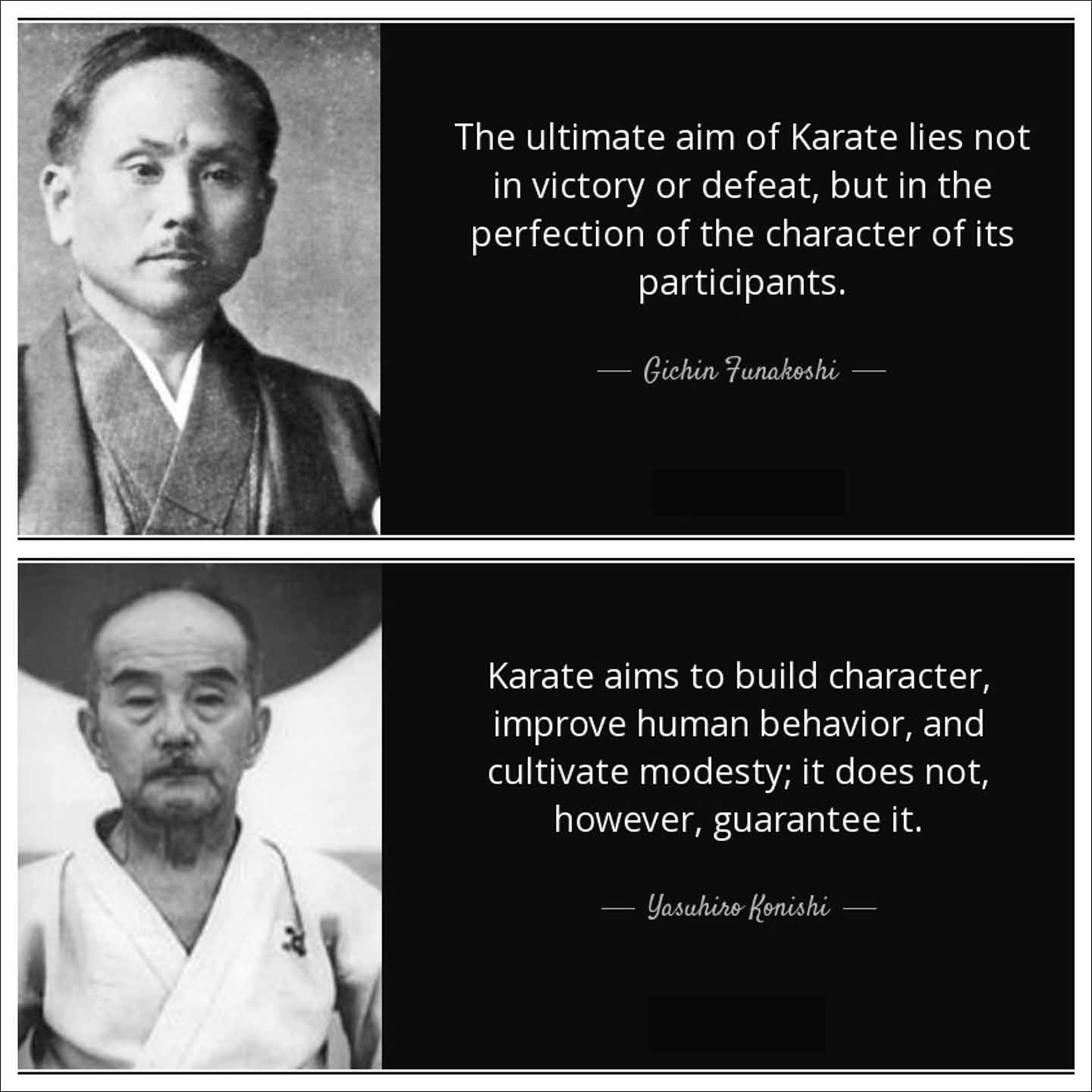
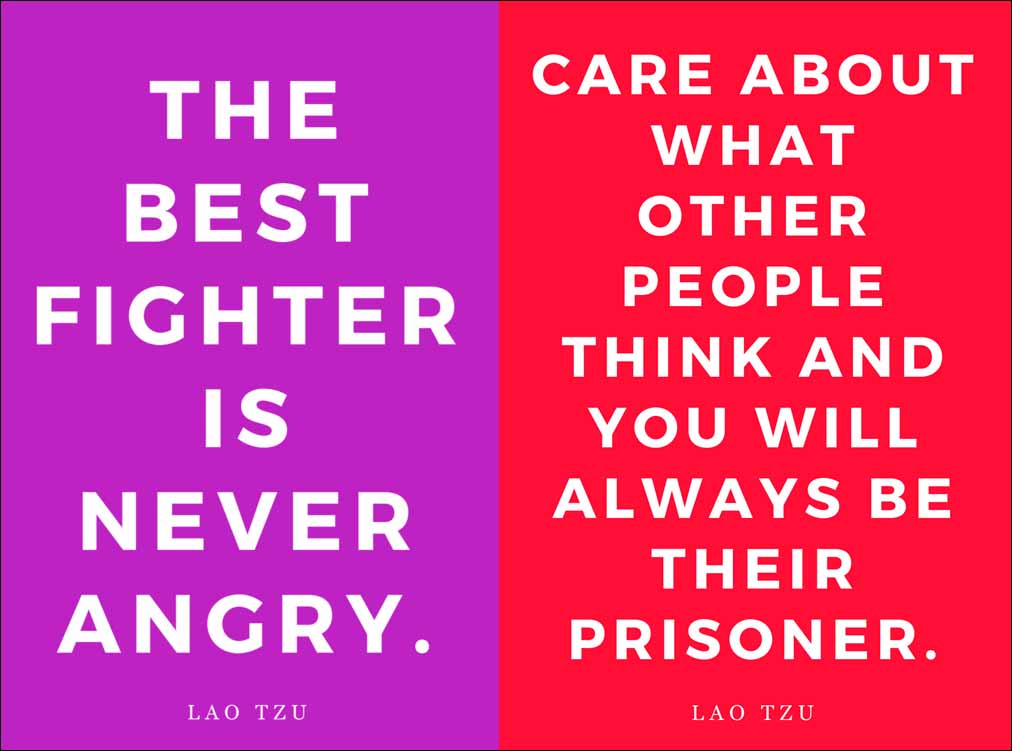
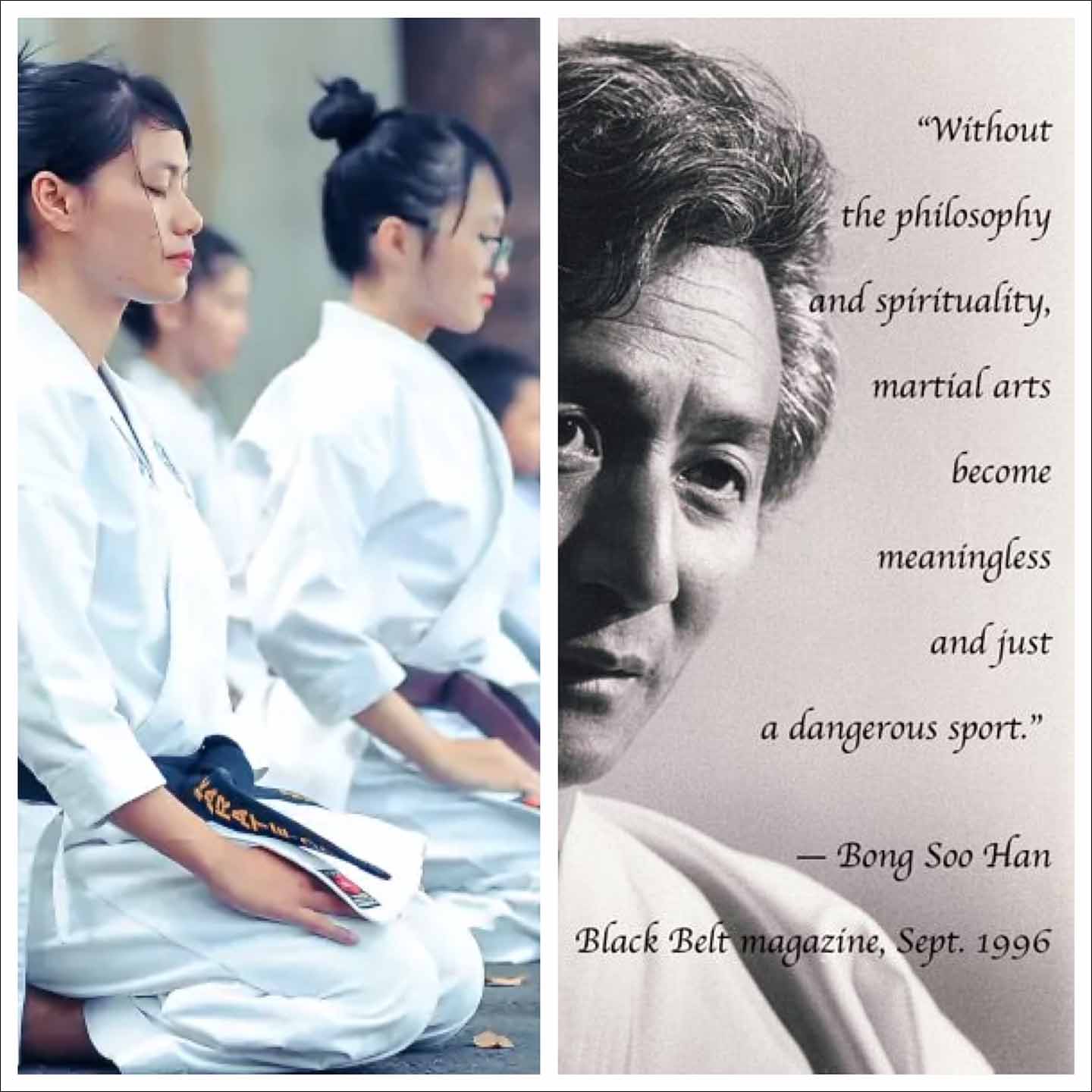

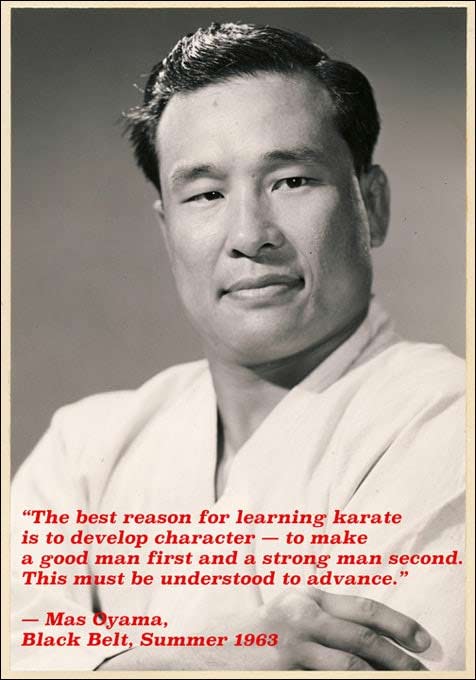
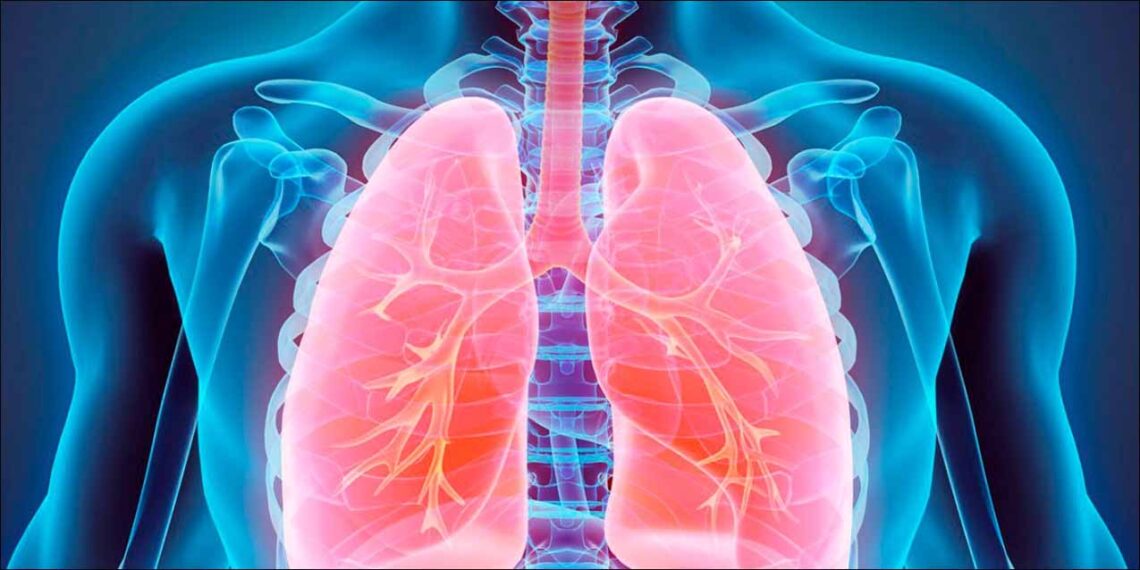


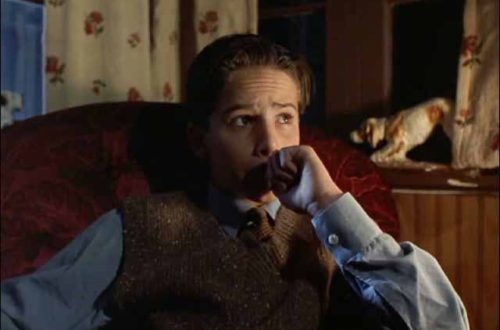
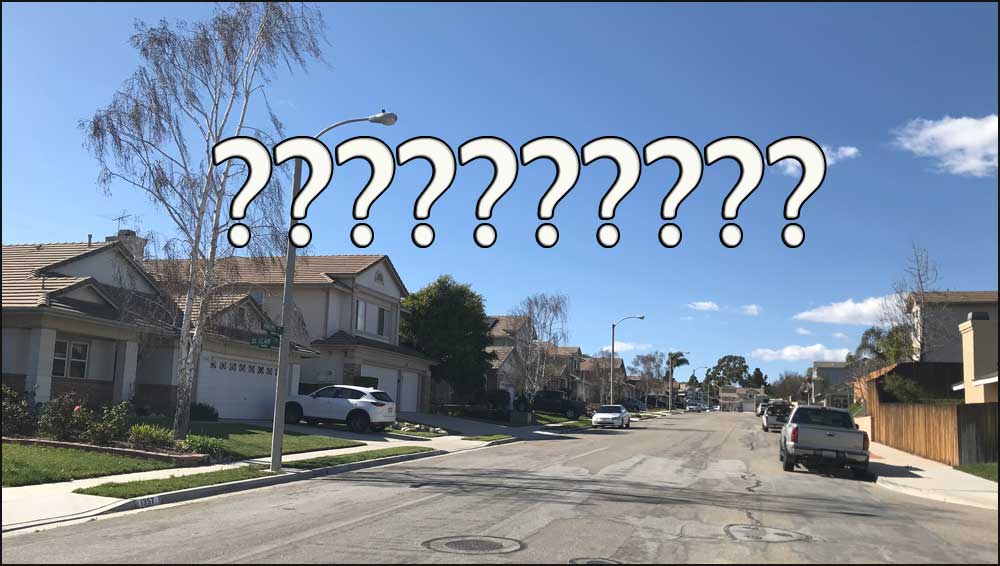
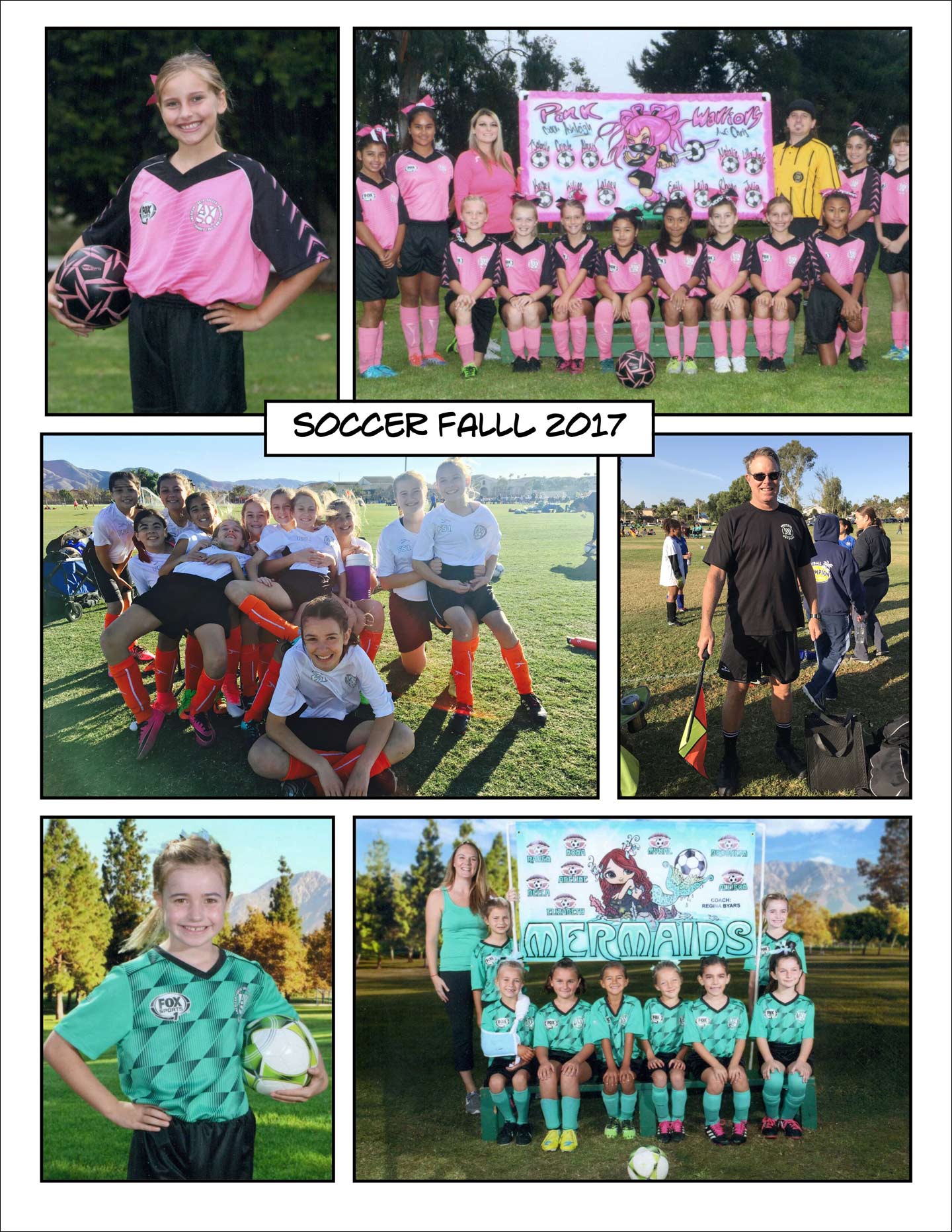
2 Comments
Marcus
Your attitude is so different from so many of the troubled young people I see on social media demanding “trigger warnings,” complaining about everything, and living perpetually on the very verge of suffering a nervous breakdown from anxiety and stress. IT’S AN OUTRAGE! THAT’S INTOLERABLE! I FEEL UNSAFE! There are so many emotional hemophiliacs out there who almost bleed out at the first scrapes daily life gives them. Their negative emotions bounce off each other with a near hysterical attitude online and make it all worse. Nice to see the opposite. Resilience!
rjgeib
With age should come a greater ability to regulate emotions. Maturity? I don’t expect much from a young person who might be an “emotional hemophiliac,” as you say. So I have “no comment” on this.
But I see people embrace their anger and even actively stoke it, and I think they just burn themselves out. Your anger is like a poison which sickens you more than anyone else. I will move in a different direction. I want nothing to do with that.